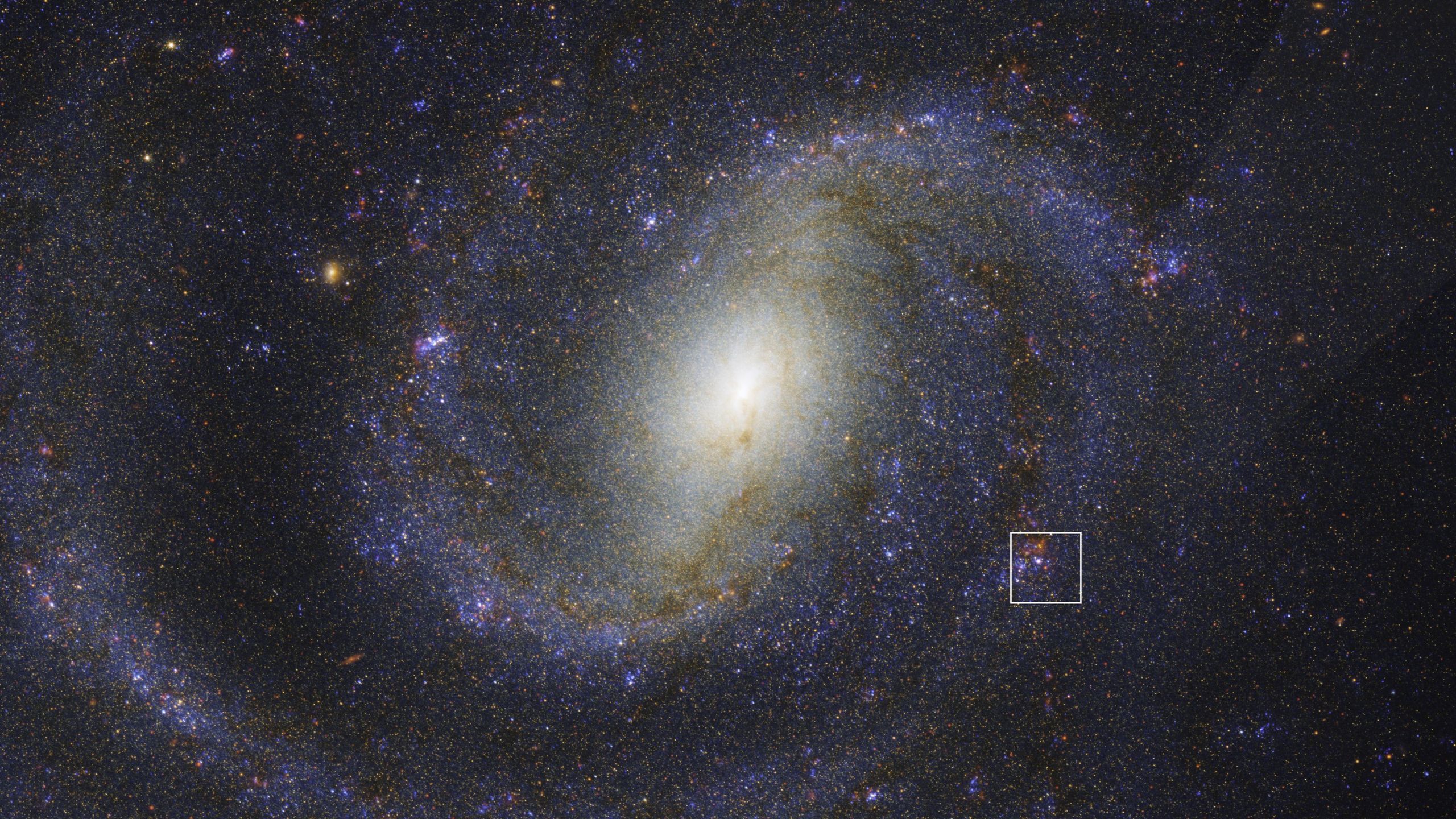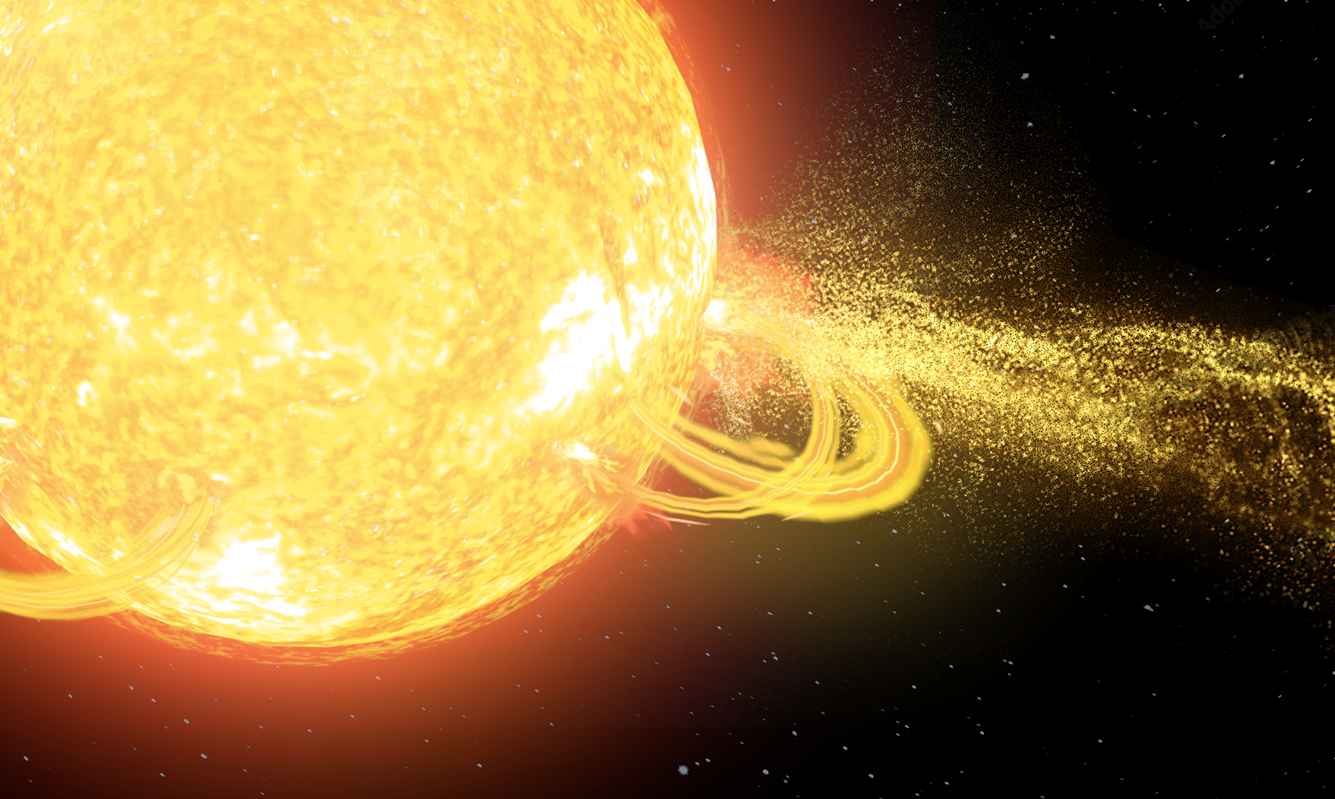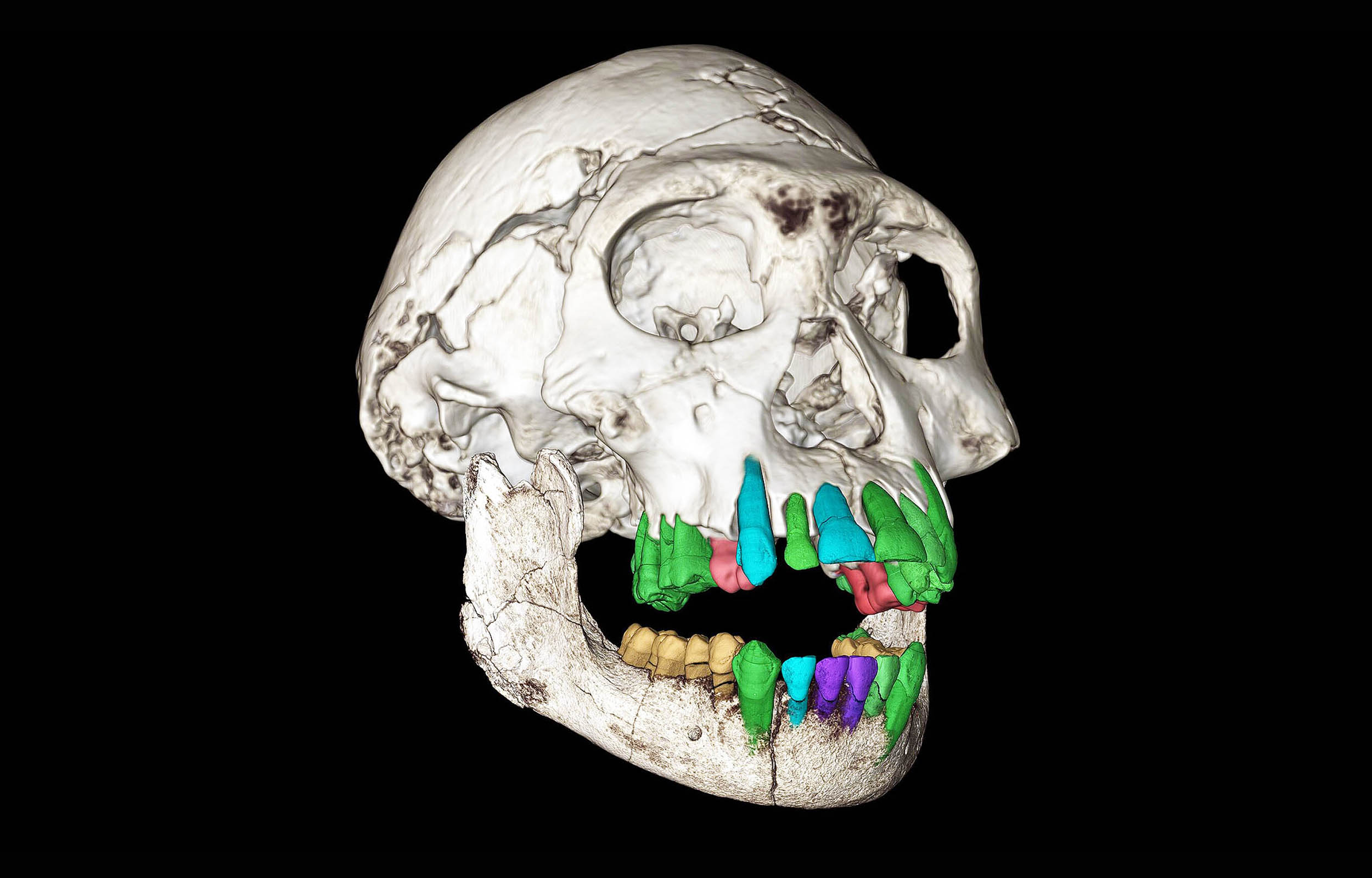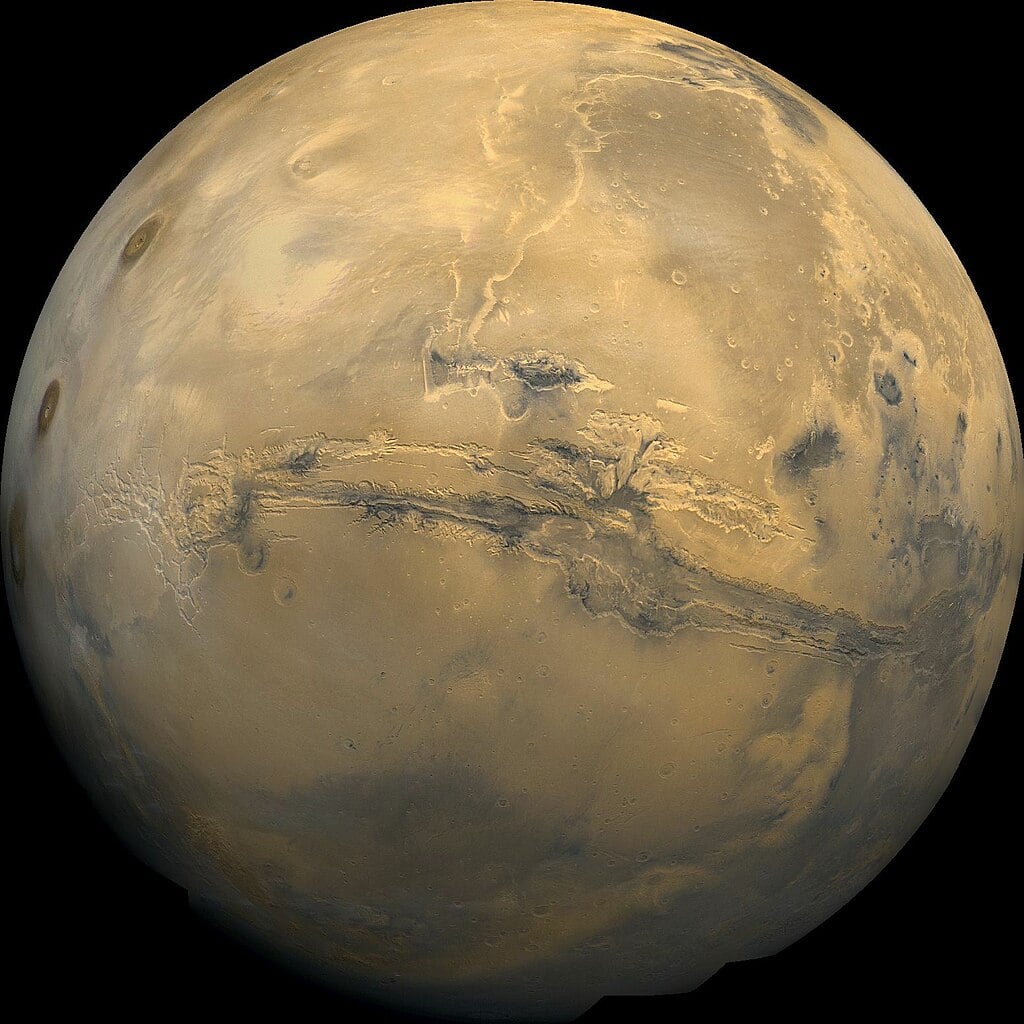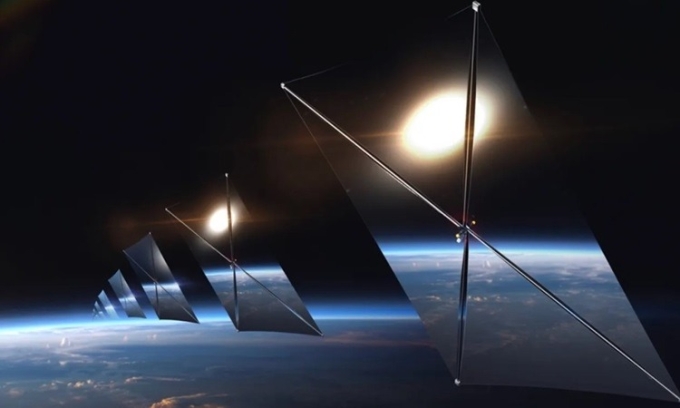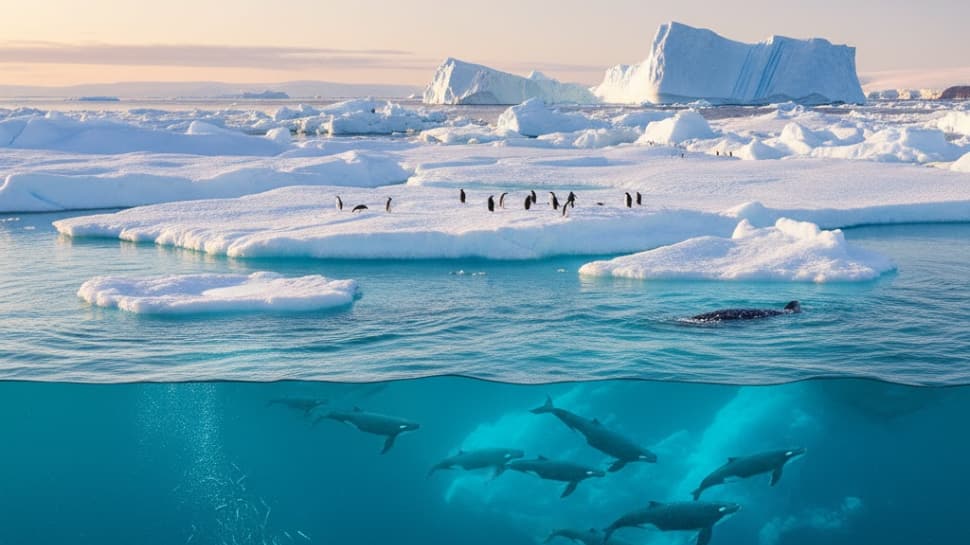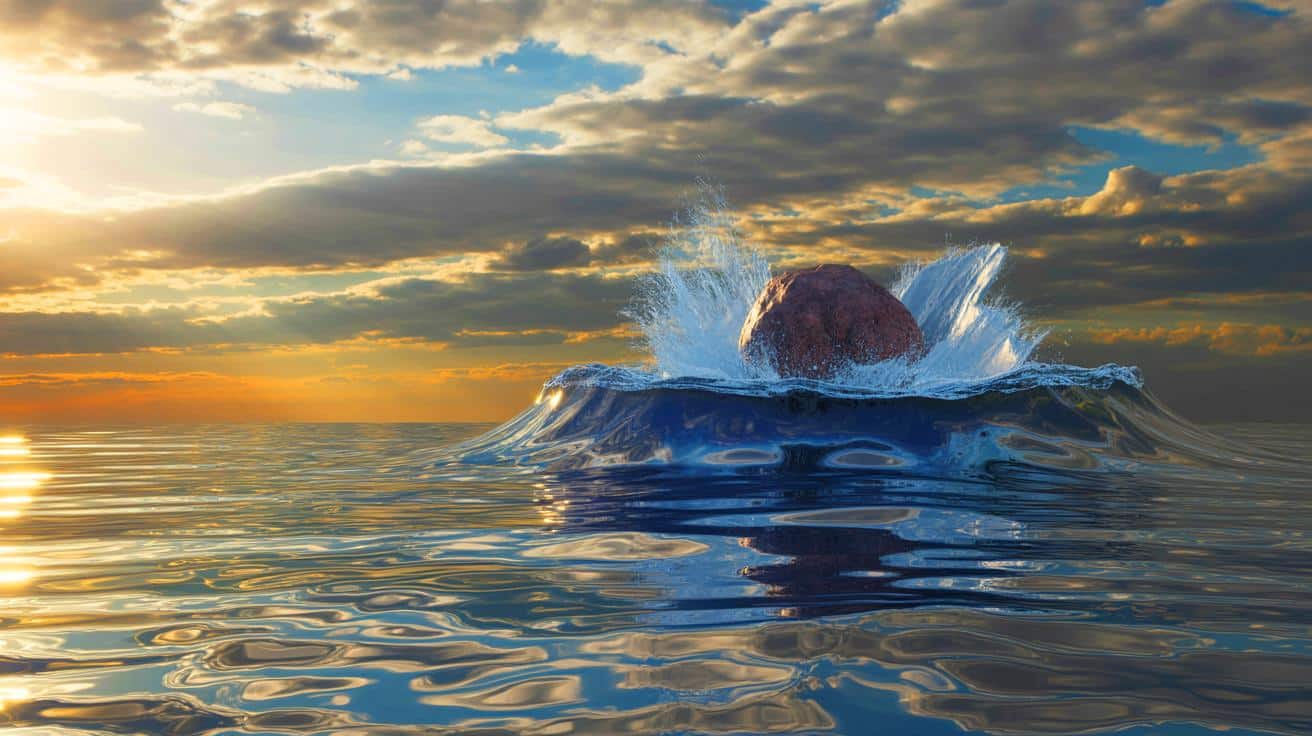Unbelievable Discovery: Ancient Microbes in Permafrost Could Fuel Climate Change!

Imagine ancient microbes, frozen in time for up to 40,000 years, suddenly waking up to wreak havoc on our climate! New research reveals that if Arctic summers continue to lengthen due to climate change, these microbes could start producing greenhouse gases, potentially accelerating global warming.
This alarming study, published on September 23 in the Journal of Geophysical Research: Geosciences, highlights a frightening possibility: microbes that have slumbered since the last ice age could reactivate in just months if we don’t curb climate change. These tiny organisms could unleash a feedback loop that further thaws permafrost, creating an unstoppable cycle of warming.
So what exactly is permafrost? It’s a solid mix of soil, rocks, and ice that has remained frozen for two or more years. While brief warm spells can thaw the surface, the ancient microbes are buried deeper—only awakening when temperatures rise significantly for prolonged periods. Researchers traveled to Alaska, where permafrost makes up an astonishing 85% of the land, to investigate this phenomenon.
Tristan Caro, the lead author and a postdoctoral research associate at Caltech, noted that it’s not just the occasional hot day that matters, but the lengthening of the summer that could allow these microbes to awaken. The team collected samples from the Permafrost Research Tunnel in Fairbanks, a site that provides a glimpse into life during the late Pleistocene epoch. They even found remnants of mammoths and bison along the icy walls!
Caro describes the tunnel as having a rather unpleasant smell, which for microbiologists, is an intriguing sign of microbial activity. Back at the lab, they simulated Alaskan summer conditions with samples treated with heavy hydrogen atoms, tracking microbial activity through changes in their fatty membranes.
Initially, there wasn’t much change; however, as the months passed, the results were startling. After six months, microbes incubated at warmer temperatures showed significant increases in activity, producing visible biofilms. “These are not dead samples by any means,” Caro affirmed, emphasizing the resilience of life in extreme conditions.
The stakes are high; permafrost holds approximately double the amount of carbon currently in Earth's atmosphere. As temperatures rise, the potential for these ancient microbes to release carbon dioxide and methane increases, contributing to climate change and setting off a vicious cycle of warming.
According to study co-author Sebastian Kopf, the implications of thawing permafrost are one of the biggest unknowns in climate responses. The research examined only a single location, and reactions could vary widely across different regions of permafrost—Alaska, Siberia, and beyond.
In a chilling reminder of our changing climate, Caro warns, “We’ve only sampled one tiny slice of that.” The clock is ticking, and it’s imperative we address these threats before it’s too late. This is an AI generated newscast about the awakening of ancient life and its potential impact on our planet.










